From Genesis to The Merge: Decoding Ethereum’s Journey

Back in the day, Bitcoin was the first to introduce a decentralized digital currency to the world. However, it was then designed primarily for peer-to-peer transactions and lacked the flexibility to support more complex applications.
A solution was found - a new network that brought a new wave of decentralized use cases and laid the foundation for the development of dApps as we know them today.
Now, Ethereum dominates the dApp space and has a market value in the hundreds of billions. It is tied to our space. This article examines how Ethereum shifted the landscape from centralized to decentralized systems and what's next for it. First, let's look at where it all began.

The Origin of Ethereum And How It Began
Bitcoin went live in 2009 as the first real-world application of blockchain technology, which ushered in an era of decentralized and peer-to-peer electronic cash. However, there was more than met the eye, as blockchain appeared to have the capacity to be applied beyond simple financial transactions, which Bitcoin didn’t support.
So, in 2013, Vitalik Buterin proposed the idea of a programmable blockchain called Ethereum.

And unlike Bitcoin, which is a store of value, Ethereum came forth as a decentralized blockchain platform that enables developers to build and deploy smart contracts and supports a variety of applications built on top of it. This meant that without downtime, fraud, or centralized control from a third party, applications could be built.
Following the introduction of Ethereum’s whitepaper, Vitalik led the first initial coin offering (ICO) and was able to raise an equivalent of $18.6 million worth of Bitcoin (more than 31,500 BTC) to develop the concept of his programmable blockchain.
Part of the next steps for Ethereum was to establish a foundation that could oversee the distribution of their resources, including the funds received through the ICO.
The Ethereum Foundation
The Ethereum Foundation, also referred to as EF, is an organization created in 2015 by Vitalik Buterin, co-founder Gavin Wood, and other members of the Ethereum founding team to support the development of Ethereum, nurture its growth, and manage Ethereum’s treasury.

The EF does not control Ethereum, but it can allocate resources where needed, as well as provide financial and non-financial support to their own research and innovation projects, so long as it is aligned with the vision of Ethereum.
As a result, the Ethereum ecosystem has grown to be the largest decentralized blockchain platform, with thousands of remarkable projects, with the birthing place of the non-fungible token (NFT) space and decentralized finance (DeFi), that we discuss in detail below.
At the time of writing, over $48 billion in Total Value Locked (TVL) were collectively held in DeFi protocols in Ethereum’s ecosystem, according to DeFilLama.
In the early days, Ethereum aimed to create a universal development system through its own programming language, which eventually became known as Solidity. This language was developed by Gavin Wood, one of Ethereum's original founders, along with other members of the Ethereum Foundation.
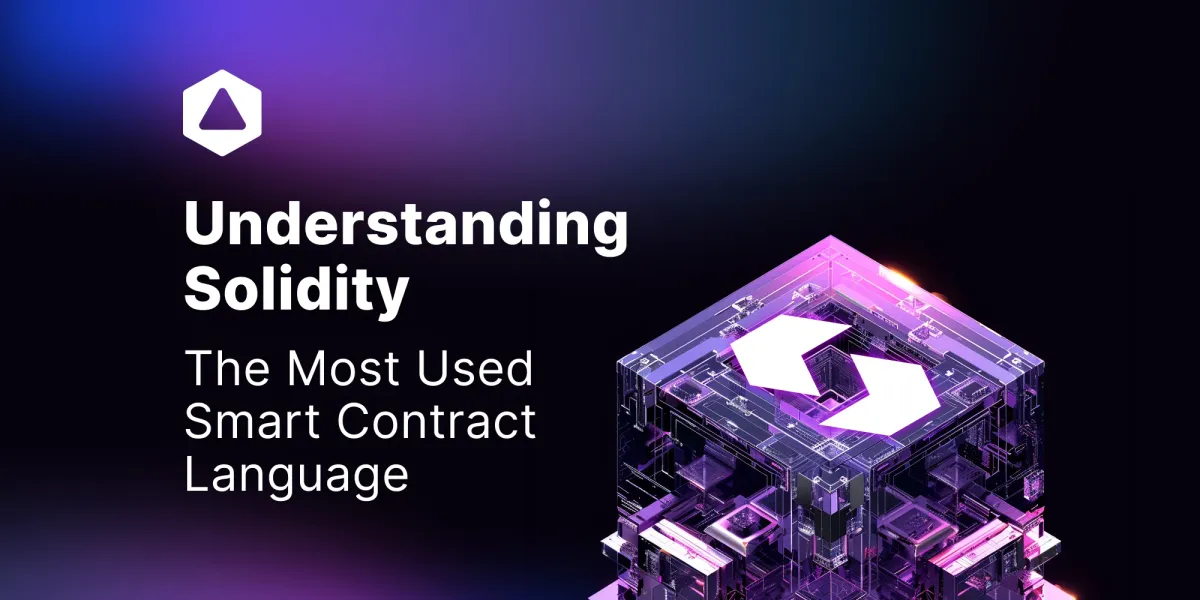
With Solidity, developers could follow standards that simplified the creation of decentralized applications and smart contracts. However, several issues and complications arose.
The most common challenge at the time was a skill shortage within the network. Solidity was new and unfamiliar compared to well-known programming languages like JavaScript, and developers struggled with the steep learning curve.
While this didn't take that long to resolve, more pressing issues like the scalability concerns for the dApps being developed and its growing usage impacted both users and developers. Later on the timeline, we see the proliferation of Ethereum L2's.
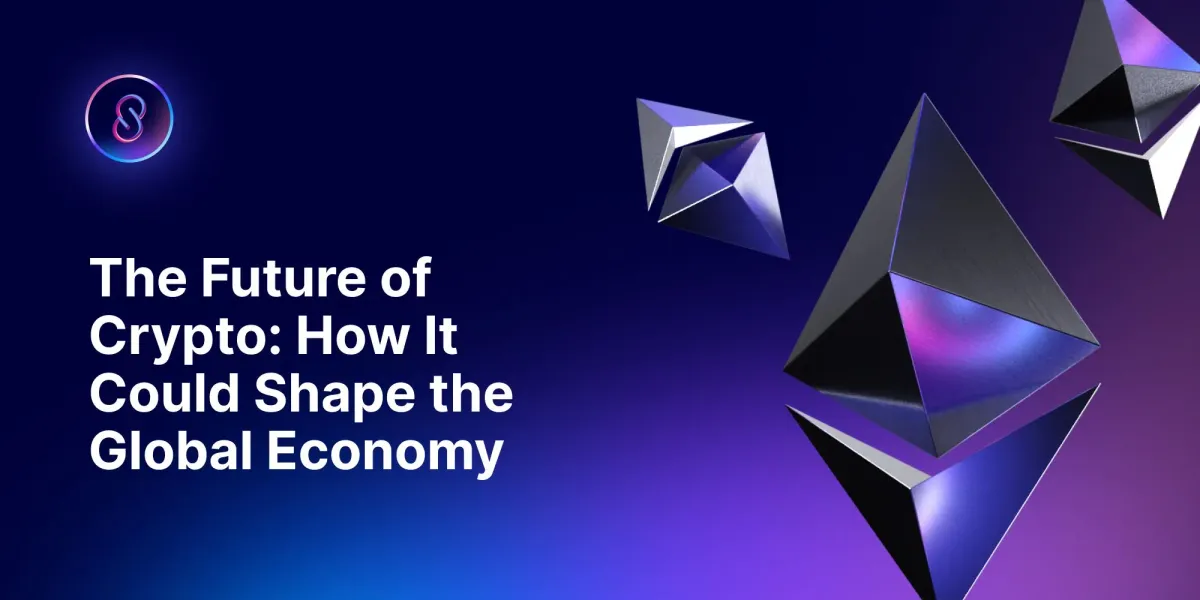
Although steps were taken to address these user-related issues, another major hurdle came up: the smart contracts, which are the very tools users interacted with, were prone to vulnerabilities. So, when exploited, these vulnerabilities could result in significant losses for many participants, as seen in one of the earliest and most damaging incidents—the DAO Hack.
The Ethereum — DAO Hack
The Ethereum decentralized autonomous organization, known as The DAO, raised $150 million in ETH from over 11,000 investors, and was launched in 2016.
The DAO was designed to be a decentralized venture capital fund where investors could pool their Ether (ETH) and collectively decide how to allocate those funds to various projects in the Ethereum ecosystem.
The core idea behind The DAO was to eliminate the need for a centralized authority, or a board of directors, and allow participants to govern and manage the organization through smart contracts.
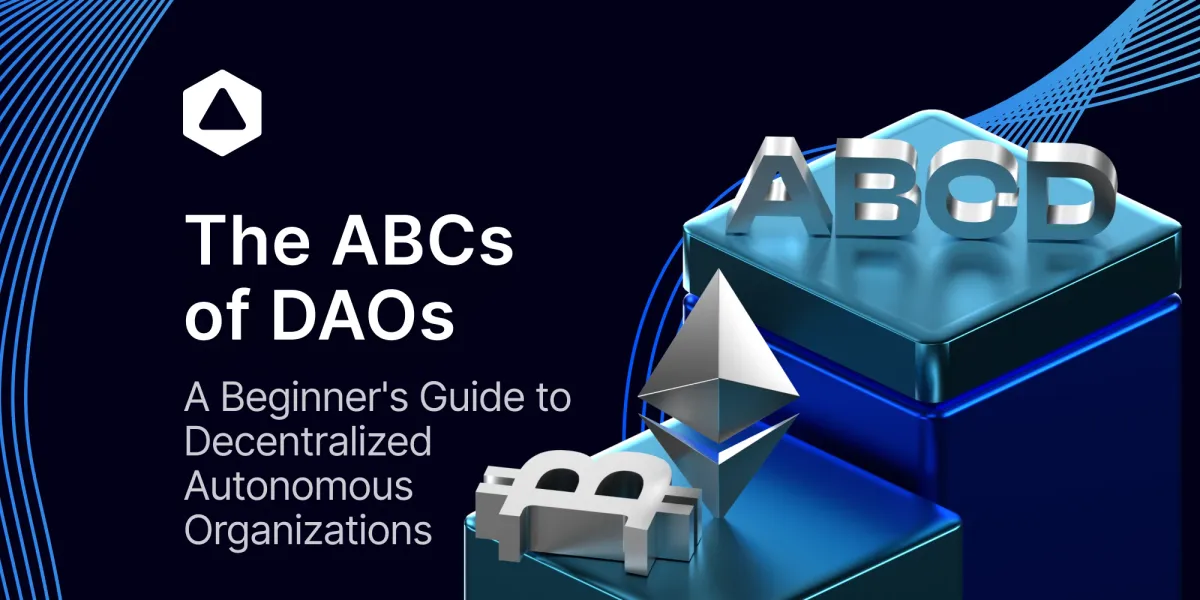
But in a twist of events, on June 17, 2016, an unknown hacker exploited a vulnerability in the DAO’s code base to take away 3.6 million ETH, which was worth approximately $50 million at the time.
An excerpt from Reddit shows the Ethereum community explaining the details of the hack:
This led to controversy within the Ethereum community over how to respond properly to this massive hack...
A Controversial Reaction to the DAO Hack
As a response to the hack, Ethereum founder Vitalik Buterin proposed a hard fork of the Ethereum network. This implied that the attacker would be blacklisted and prevented from accessing the stolen funds. The sassy attacker responded by threatening legal action if that happened.
In blockchain, there are two types of forks: soft and hard forks. A soft fork introduces backward-compatible updates, allowing nodes that don't upgrade to still validate transactions. A hard fork, however, mandates all nodes to update their software to remain part of the network, typically resulting in the blockchain splitting into two separate chains — each with its own set of rules.
In order to not negotiate with financial terrorists there needed to be a hard fork. But some didn't want to fork the chain, so the Ethereum community was divided into two; those who supported the hard fork and those who did not.
After a controversial community vote where only holders of 5.5% of the total Ether supply participated, the Ethereum community agreed to implement a hard fork, which meant that the stolen funds would be moved to another smart contract so that the users could withdraw their funds. The hard fork was implemented at block 192,000 on 20th July 2016.

To implement the hard fork, two versions of the Ethereum blockchain were birthed: Ethereum (ETH) and Ethereum Classic (ETC).
The Ethereum (ETH — the new chain) rolled back the blockchain to a point before the hack. This effectively reversed the theft and returned the stolen funds to the original investors.
The Ethereum Classic (ETC — the original chain) continued without any changes, hence upholding the principle that the blockchain should be immutable and resistant to human intervention.
After this controversial incident, the Ethereum ecosystem has matured with several developments in place. We will walk you through some of these developments.
Maturation of the Ethereum Ecosystem
This was only the start of the real action within the Ethereum network that has shaped its current enormous influence on the crypto space.
ICO Mania
Following the success of Ethereum’s ICO in 2014, Ethereum introduced the ERC-20 token standard, which provided a simple and efficient way to create fungible tokens on its blockchain. A concept first popularized on Ethereum.
This standardization made it easier for projects to launch ICOs by issuing tokens that could be easily exchanged and integrated with Ethereum's existing infrastructure, such as wallets and exchanges. This standardization also helped in onboarding more developers and users to the blockchain.

The Birth of Non-Fungible Tokens (NFTs)
Although NFTs were created in 2014, similar to ICOs, they didn't start gaining significant traction until 2017 with the creation of CryptoPunks on Ethereum. It was during this period of growth that the ERC-721 token standard became widely adopted.
ERC-721 introduced the concept of non-fungibility, allowing for the creation of tokens that are unique and cannot be exchanged on a one-to-one basis.
This token standard came with several benefits, including allowing artists to monetize their work, preventing copyright infringement, enabling digital ownership, decentralized gaming, and decentralized finance, among many others.
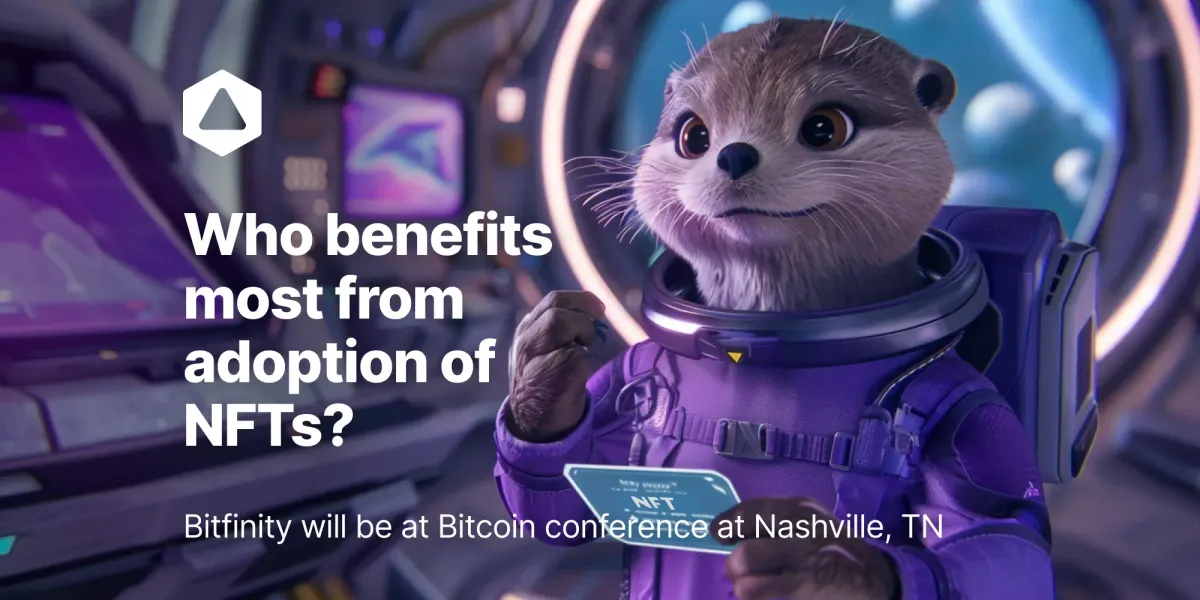
After the launch of Crypto Punk, other NFTs followed suit - Crypto Kitties (2017), Axial Games (2018), Decentraland (2020), Art Blocks (2020), Bored Ape Yacht Club (BAYC-2021).
While ICOs and NFTs were significant milestones in Ethereum’s rise, the real game-changer came with the adoption and popularization of decentralized finance (DeFi). Let's dive into the details.
The Birth of DeFi
Slightly later in 2019, Ethereum witnessed the birth of its DeFi narrative, which refers to an ecosystem of financial applications that cuts across diverse aspects of the financial industry, built all permissionless on blockchain.
Though the concept of DeFi was detailed in Buterin’s white paper, the concept did not make much sense till the launch of MakerDAO in 2017.
MakerDAO is an Ethereum-based lending protocol that allows users to lend and borrow loans without any need for a third party. These digital assets were used as collateral. And so the first real-life example of an open, permissionless financial system was born.
From there, other financial protocols like Compound Finance (September 2018), UniSwap (November 2018), Synthetix (2019), Curve Finance (January 2020), Yearn.Finance (February 2020) built like Lego blocks on top of each other.
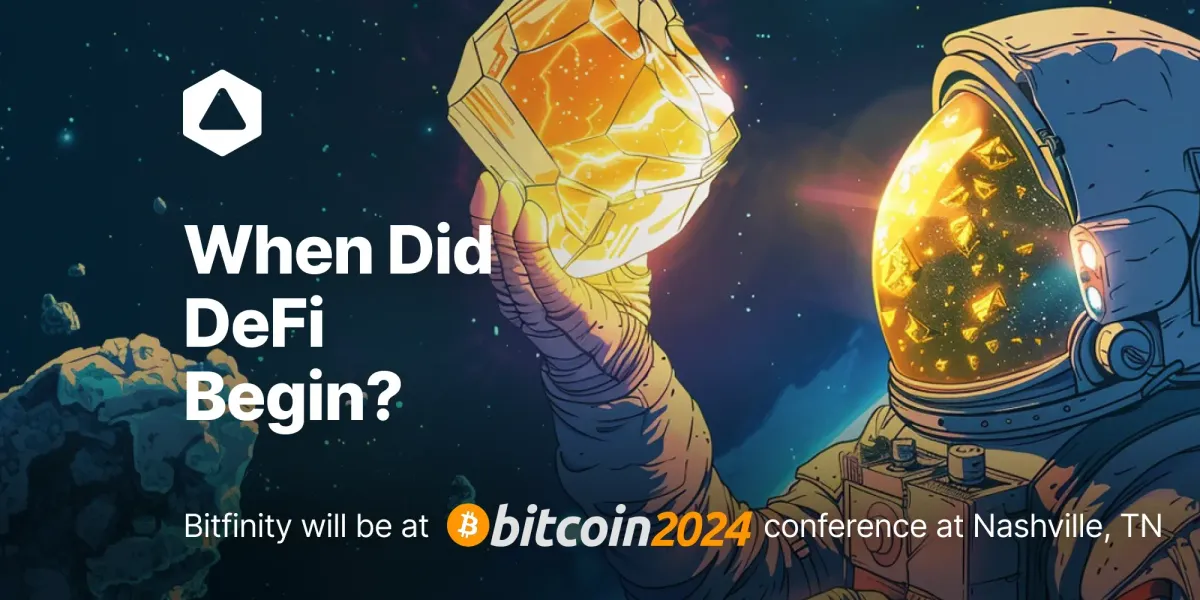
The Merge: The Transition From PoW to PoS
Another significant event that has occurred was the transition to a different consensus mechanism for Ethereum. As it started, just like Bitcoin using the proof of work consensus, it faced the same to the limitations regarding scalability and environmental impact.
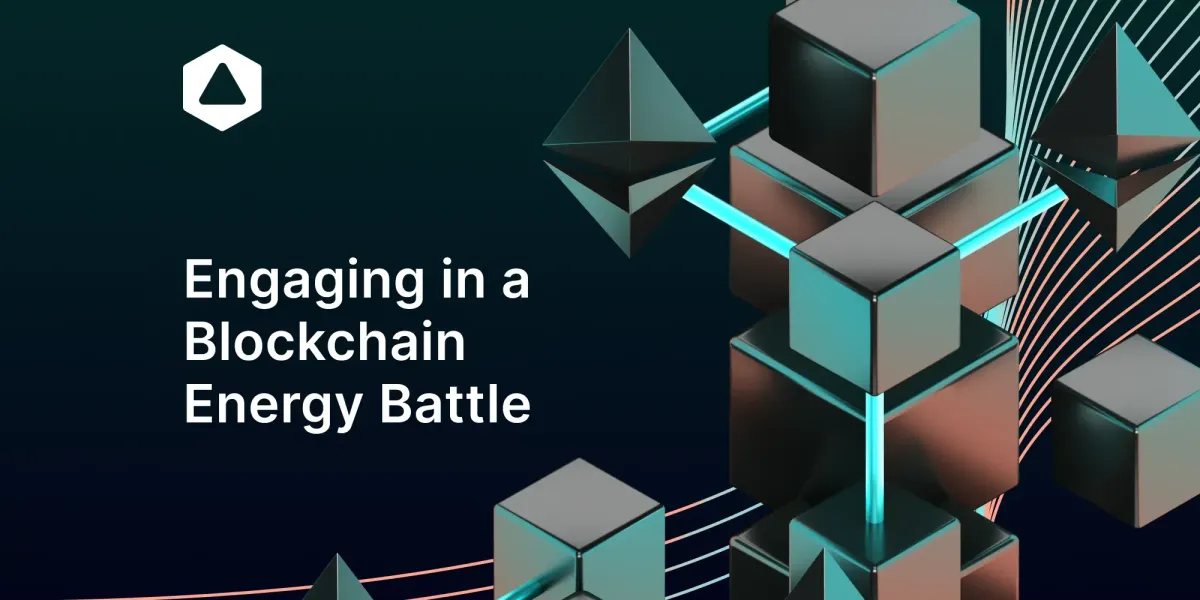
So it wasn't that abnormal for Ethereum to decide to switch to a different consensus mechanism, known as the proof of stake (PoS), also known as The Merge.
A consensus mechanism is a set of rules and procedures that network participants use to agree on the validity of transactions and secure the blockchain. This system ensures that all participants have a consistent view of the ledger, preventing fraud and errors.
However, this also led to yet another 'forking' event on the Ethereum network. The original Ethereum PoW chain was forked, and resulted in the creation of two separate chains: Ethereum (ETH) on PoS and powETH on PoW.
The powETH was created as a result of the disagreement in the Ethereum community regarding the switch from PoW to PoS. Some miners wanted to continue with PoW.
While this is also a hard fork, it's distinct from the one following The DAO hack of 2016.
How Bitfinity Extends Ethereum's Blockchain Capabilities
Ethereum's expansive journey from a novel idea to a dominant force in decentralized applications and decentralized finance kinda mirrors the ambition seen in Bitfinity's initiatives.
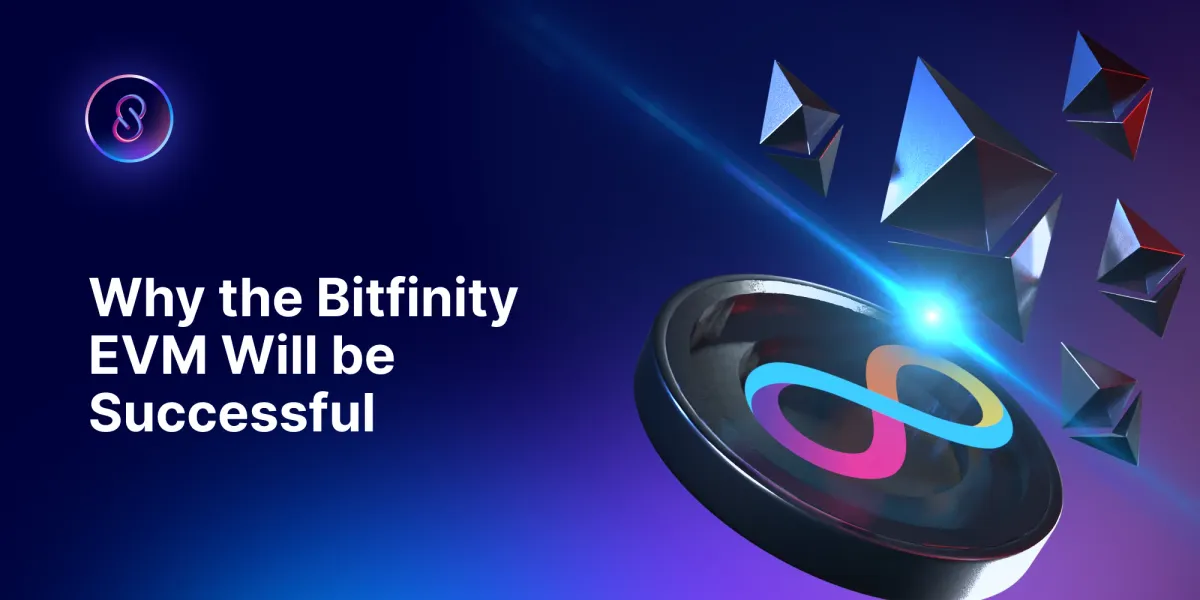
Bitfinity, leveraging the Internet Computer's Chain Key technology, is pioneering an EVM-compatible Layer 2 solution that not only addresses Bitcoin's scalability challenges but also enhances interoperability across blockchains.
An approach that reminds us of the interconnection of Ethereum's evolution, particularly its adoption of smart contracts through Solidity, which Bitfinity also utilizes to bridge functionalities between Bitcoin and Ethereum.

Through Bitfinity's development, Bitcoin will be able to support complex applications akin to those on Ethereum, broadening its utility beyond mere transactions to a platform capable of supporting sophisticated dApps and whole ecosystem.

Connect with Bitfinity Network
Bitfinity Wallet | Bitfinity Network | Twitter | Telegram | Discord | Github

*Important Disclaimer: The information on this website is provided for general informational purposes only and should not be considered financial advice. While we strive for accuracy, Bitfinity does not endorse and is not responsible for any errors or omissions or for results obtained from the use of this information. Views expressed herein may not reflect those of Bitfinity. External links are provided for convenience and verification of information is recommended before taking any actions based on content found here.





Comments ()